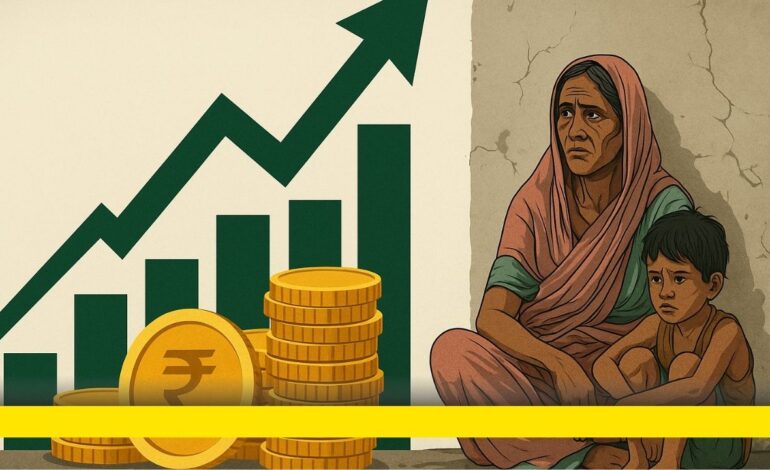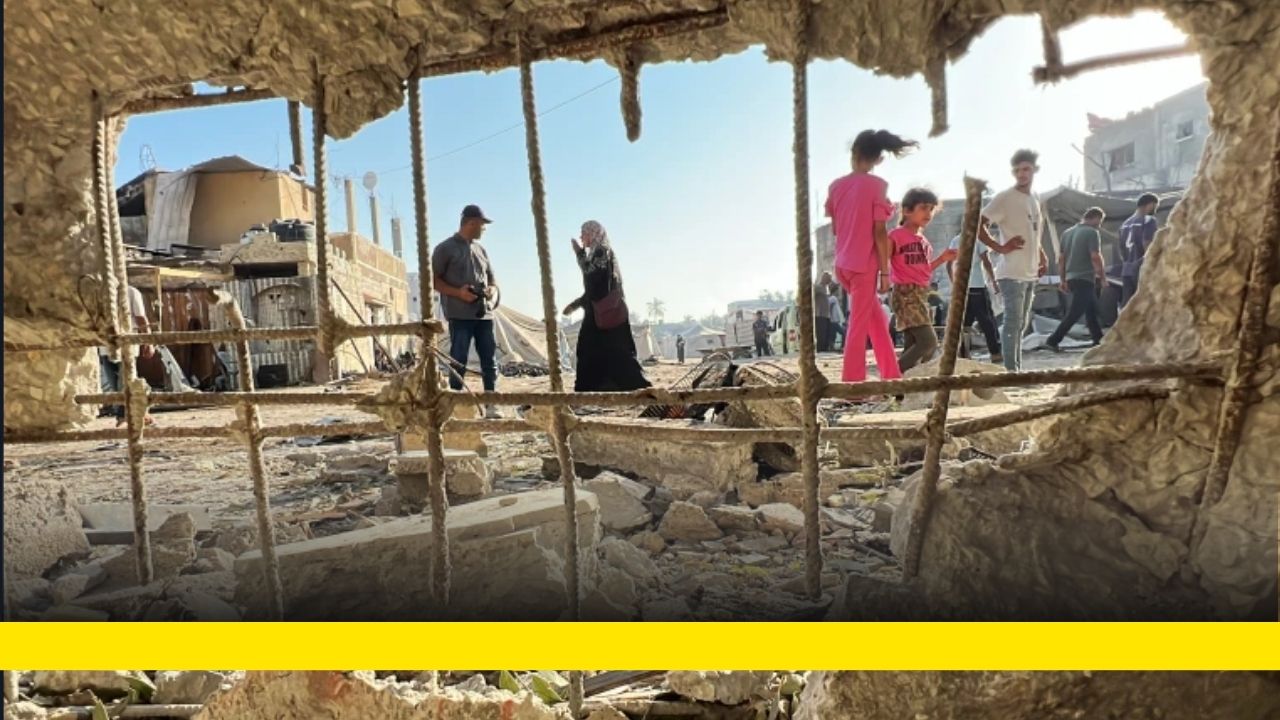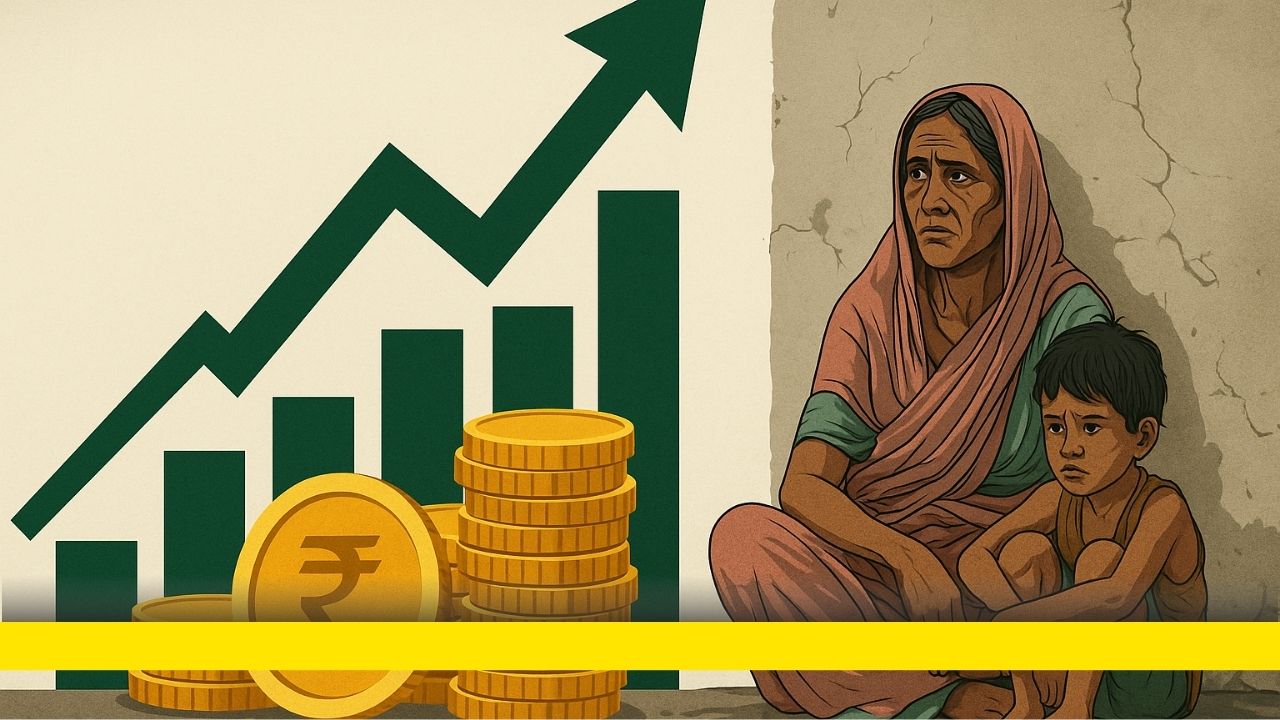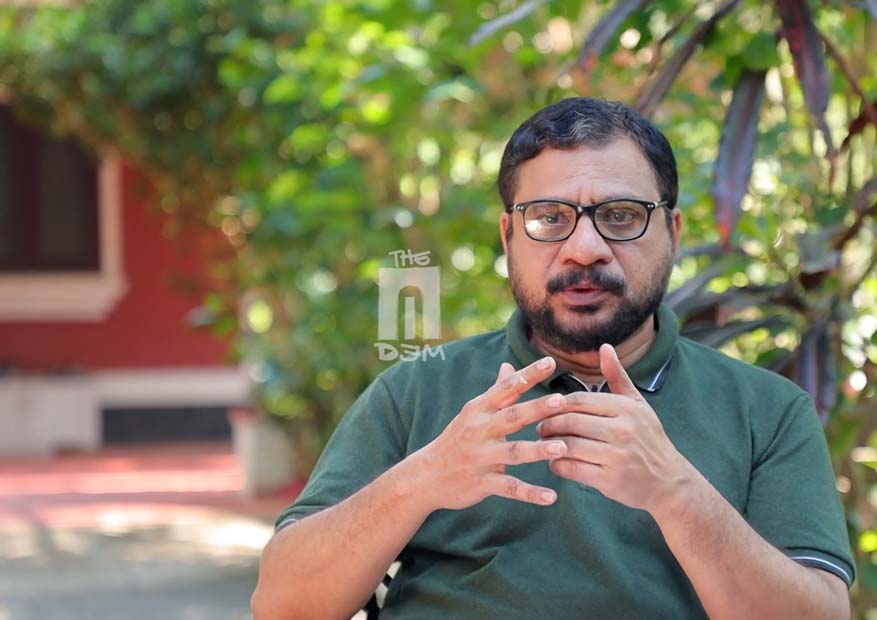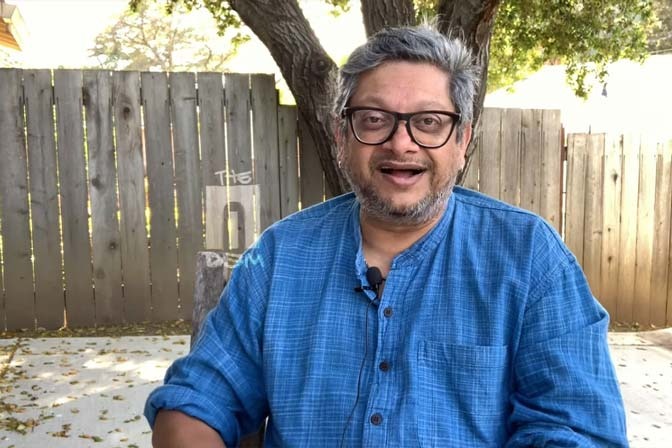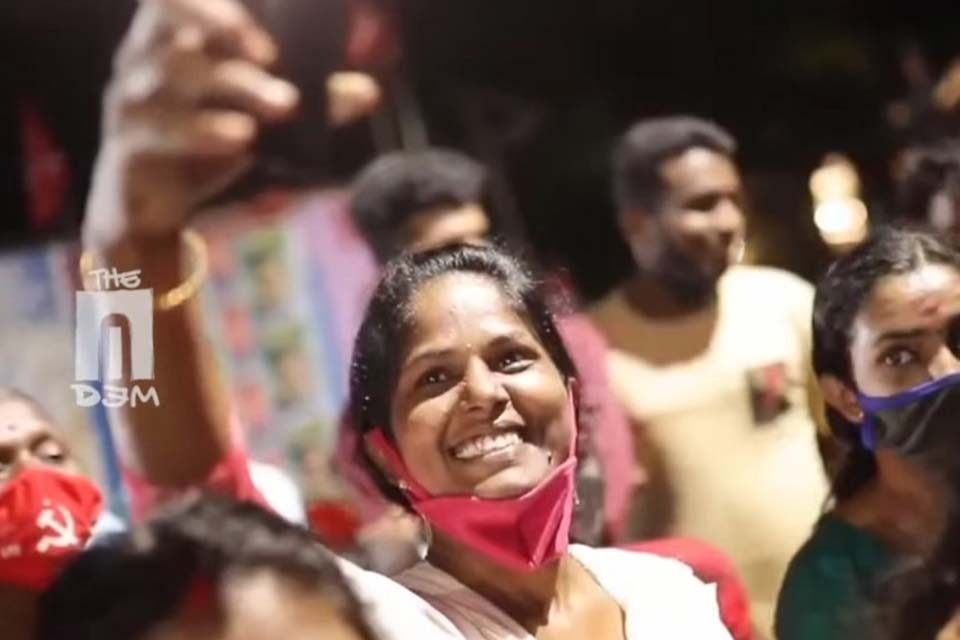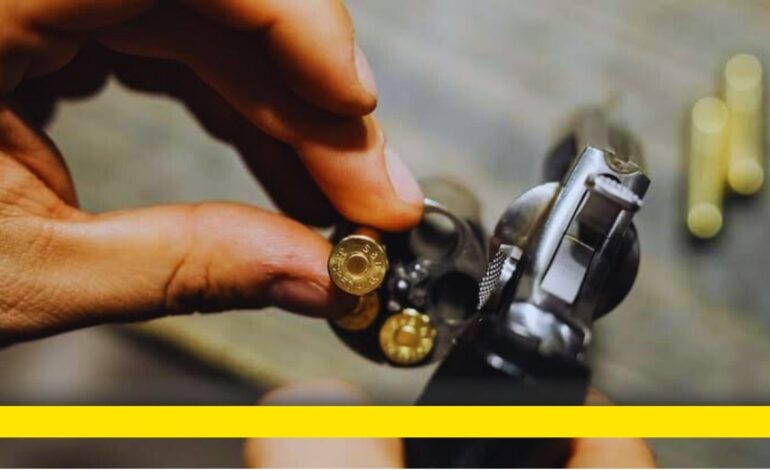
“…though this be madness, yet there is method in it”?
-Polonious, in ‘Hamlet’ by William Shakespeare
Pushback of ‘alleged foreigners’
The story of Shona Banu from Barpeta district in Assam has been narrated multiple times. She still shudders to think how she was called to a local police station and was later taken to a point near the Bangladesh border along with 13 other people and literally pushed into Bangladesh. It took a few days of spending time in Bangladesh without food and other amenities that she was returned to India by Bangladesh officials.
It was May end, when the Assam government led by Bharatiya Janata Party’s (BJP) Himanta Biswa Sarma, was in the news for its policy of pushback where it was found literally pushing what it termed as ‘illegal foreigners’ into Bangladesh.
What was noticeable was that when its controversial pushback policy came under the scanner of national and international human rights organisations, the Assam government approved another scheme that has raised new questions?
This was a ‘special’ scheme to make the border areas, especially those inhabited by indigenous people living in “vulnerable and remote areas”, safe. The ostensible reason given was that indigenous people in these districts live in a sense of insecurity, especially after the developments in Bangladesh. They face the threat of attacks from the Bangladesh side and even in their own villages.

The most interesting part of the scheme was that it offered no special effort to provide extra training to security forces or make them more efficient, and also inculcate human concern among them, rather it was basically to give arms licenses to people and those along the border with Bangladesh to “help them protect themselves.”
For a region that has already seen bouts of violence by various militants or surrendered militants groups since decades, where neighbouring Manipur is still in turmoil for the past 25 months with no immediate end in sight to the internecine violence by armed militias of ethnic groups belonging to the Meiteis and Kuki Zo, this move by the Assam government appeared insensitive toward people facing the ground-level situation.
In fact, developments in Manipur – a state whose population is hardly 38 lakh — have been a matter of tremendous concern, where the state government, led earlier by Chief Minister Biren Singh of BJP, was alleged to have a soft corner toward the radical Meitei ethnic groups and actions by their armed wings, making the task of establishing peace difficult. In this background, this decision by the Assam cabinet came under intense criticism from civil liberty organisations, Opposition parties as well as concerned intellectuals.
The state government was reprimanded for this idea to provide arms licenses to ‘vulnerable citizens’ as it was considered an invitation to ‘anarchy’ ahead of Assembly elections next year.
Unpacking this decision, analysts made it clear that in a modern State, the security of citizens is its key responsibility and any measure to abandon it and to arm citizens for their own protection is an abdication of the State’s own responsibility and essentially admitting its own failure. The overwhelming demand was to reverse this decision immediately.
Congress party categorically termed it a promotion of ‘gun culture’ and said that at a time when youth were demanding jobs, the state government was offering them arms licenses and promise of return to the troubled days of the 1980s and 1990s.
The Telegraph newspaper, in a damning editorial titled ‘Disarm Them’, questioned and challenged this move, underlining how the rhetoric of protectionism offered conceals the “contentious nature of this endeavour”, as experience has always shown how “arming of civilians has always proved to be a risky proposition”. Such a move basically concedes that the security personnel stationed in the state are incapable of handling the challenges pertaining to the law & order situation and the admission of its own failure by the state government.
Lurinjyoti Gogoi, president of the Assam Jatiya Parishad (AJP), was more categorial. According to him, this scheme looked like a deliberate ploy to divide communities ahead of the Assembly elections.
Bringing to the fore the disastrous experience of several states in this regard — right from Jammu and Kashmir, Punjab to other North Eastern states and Chhattisgarh etc. — an editorial in another reputed national newspaper cautioned the government against resorting to this step.

According to the editorial, the scheme initiated in J&K, called Civilians Vs Village Defence Squads, supposedly to counter militancy, had to be disbanded after a scandal involving license and firearm misuse. Punjab’s similar experience of training civilians as Special Police Officers was equally disastrous. Chhattisgarh gave firearms to tribal youth, forming a vigilante group, Salwa Judum, in 2006 to combat the Naxal insurgency. The Supreme Court declared it unconstitutional after mass recovery of illegal firearms and human rights violations. The scathing criticism by the apex court is worth remembering:
“The creation of such a miasmic environment of dehumanisation of youngsters of the deprived segments of our population, in which guns are given to them rather than books, to stand as guards for the rapine, plunder and loot in our forests, would be to lay the road to national destruction.”
Anybody can see that the spirit behind the apex court’s pronouncement, around two decades ago, is applicable in Assam’s case as well.
The timing chosen for this announcement by the Assam government has itself shocked observers.
It was the same time when Manipur was again on the boil with the arrest of Ashem Kanan Singh, a key leader of the Arambai Tenggol, a radical group of the Meiteis, when Meitei-dominated districts had witnessed major protests against this arrest.
One of the darkest episodes in Manipur’s recent history was the looting of arms from police armouries in the state in the aftermath of violence that started in the first week of May 2023. Neither the actual number of looted arms was ever disclosed, nor were there any sincere and dedicated efforts to recover those from the militants who looted them. As per rough estimates, 6,000 firearms were looted from police armouries and stations in the aftermath of the violence.
The question arises as to why this contentious decision was taken when the whole North Eastern region is facing consequences of proliferation of illegal arms, ethnic tensions etc?
Could it be said that it is a manifestation of the lack of wisdom among the custodians of the state, who are not in a position to draw proper lessons from history or the pitfalls of such a controversial scheme? It could be otherwise as well, their thinking might have emanated from the understanding that if earlier efforts of arming citizens proved disastrous, it will be qualitatively different under their ‘decisive leadership’ with a significant section of the middle class ready to support any of their contentious decision under the name of ‘national security’. Maybe, the brazenness of this decision might have its origins in the not so consistent approach of the judiciary toward issues of human rights violations etc.
There is no doubt that the reasons behind these decisions go deeper and need to be probed further.
What is striking is that the Assam cabinet’s approval to give arms licenses to ‘vulnerable citizens’ was accompanied by another piece of news from Western India – namely, Maharashtra. It related not to giving arms licenses to a particular set of citizens or distribute arms among them, but to impart basic military training to students from Class 1 in government schools, supposedly to instill ‘a sense of patriotism, discipline and promote the habit of regular physical exercise.’
This announcement was made by Dada Bhuse, education minister of Maharashtra, who even told mediapersons that to implement the proposal, the help of 2.5 lakh ex-servicemen would be taken, along with sports teachers, National Cadet Corps (NCC), scouts and guides.
This proposal was also criticised not only for further aggravating the crisis in school education that was already suffering from tremendous resource crunch but, more importantly, also because such a step would result in slowly defeating the very purpose of education, and create unnecessary fear in the minds of children about an ‘unknown enemy’ further stifling impressionable minds.
The announcement also seemed to resonate with the vision proposed by the Prime Minister’s Office (PMO) a few years ago to incorporate aspects of the Sainik School model into other schools.

Any critical observer of these innocuous looking developments can easily decipher a pattern in these moves, which relates to the idea nurtured by Hindutva Supremacists since their initial days.
It is a fact that the idea of arming citizens, militarisation of citizens or even providing military education to students to supposedly prepare themselves deal with the ‘others’ — the internal enemies, as defined by M.S Golwalkar, the second supremo of Rashtriya Swayamsevak Sangh or RSS — is deeply ingrained in the psyche of the Hindutva Supremacists.
It is a dream they have nurtured since the days of the founding of RSS, which had received a tremendous boost after B.S Moonje’s (the Hindu Mahasabha leader) tour of Italy, his meeting with Benito Mussolini and his impressions of “The Balilla institutions”, an idea conceived by Mussolini for the “military regeneration of Italy” and his resolve to develop similar institution with “our institution Rashtriya Swayamsevak Sangh”. Anyone interested in knowing the details of this trip can very well look at one of the first exhaustive writeup. “Hindutva’s foreign tie-up in the 1930s: Archival evidence” in the magazine, Economic & Political Weekly, January 22, 2000. An Italian scholar, Marzia Casolari, has provided details of this trip.
As an aside, it needs to be underlined that Moonje was a mentor of K.B Hedgewar, one of the founders of RSS. Apart from Hedgewar and Moonje, L.V Paranjpe, B.B Thalkar and Baburao Savarkar, V.D. Savarkar’s brother was present at the inaugural meeting of RSS on Vijaya Dashmi.
Time and again, such formations have always maintained that military education is important for students citing a rising threat to the nation.
This discussion about the yearning within the Hindutva Supremacist world to militarise society would remain incomplete if the shameful efforts by Savarkar, a leading icon of the present ruling dispensation, do not find mention. It was the 1940s when there was a big mass movement across India under the aegis of Congress party and other radical sections of Indians, asking the British colonisers to ‘Quit India’. Thousands of Indians were martyred in this historic struggle.
Savarkar, the only prominent leader during those times, who was not jailed by the colonial regime, instead of joining these efforts, had then initiated a campaign asking Hindu youth to join the British army. He was advocating the slogan “Hinduise all Politics and Militarise Hindudom.”
This article was also published in NewsClick and can be read here.


